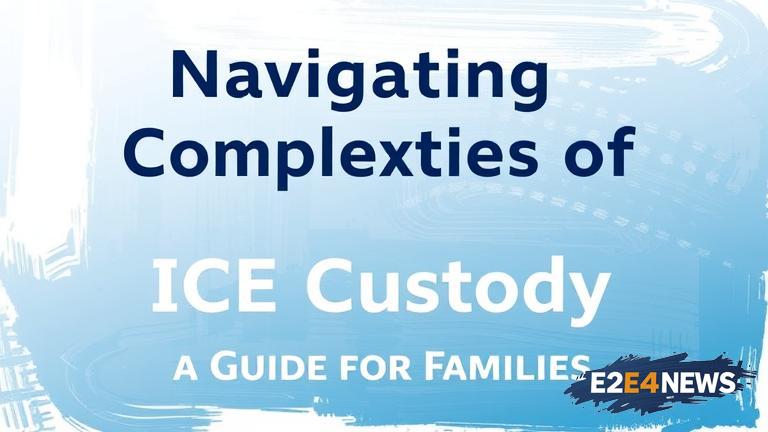The process of locating a loved one in Immigration and Customs Enforcement (ICE) custody can be daunting and overwhelming. ICE is the primary agency responsible for enforcing federal immigration laws, and its custody system is complex and multifaceted. When an individual is taken into ICE custody, they are typically transferred to a detention facility, which can be located anywhere in the United States. The first step in searching for a loved one in ICE custody is to contact the ICE detainee locator hotline or use the online detainee locator tool. This tool allows users to search for detainees by name, date of birth, or alien registration number. It is essential to have as much information as possible about the individual, including their full name, date of birth, and country of origin. Once the individual is located, it is crucial to understand their detention status, which can include pending removal, voluntary departure, or release on bond. Families can also contact the ICE field office responsible for the detention facility where their loved one is being held. The ICE field office can provide information on visitation policies, mail and phone procedures, and the detainee’s upcoming court dates. In addition to contacting ICE directly, families can also reach out to non-profit organizations that specialize in immigration advocacy and support. These organizations can provide valuable guidance and resources, including access to pro bono attorneys and emotional support services. It is also important for families to understand their rights and the rights of their loved one, including the right to due process and the right to seek legal representation. The detention process can be lengthy and unpredictable, and it is not uncommon for detainees to be transferred to different facilities or released on bond. In some cases, detainees may be eligible for alternative forms of detention, such as electronic monitoring or home detention. Furthermore, families should be aware of the potential risks and consequences of detention, including the risk of deportation and the impact on mental and physical health. Overall, navigating the complexities of ICE custody requires patience, persistence, and a thorough understanding of the system and available resources. By seeking out support and guidance, families can increase their chances of a successful reunion with their loved one. The experience of being in ICE custody can be traumatic and stressful, and it is essential to prioritize the well-being and safety of both the detainee and their loved ones. In recent years, there has been an increase in advocacy efforts and public awareness campaigns aimed at supporting families affected by ICE custody and promoting more humane and equitable immigration policies.
